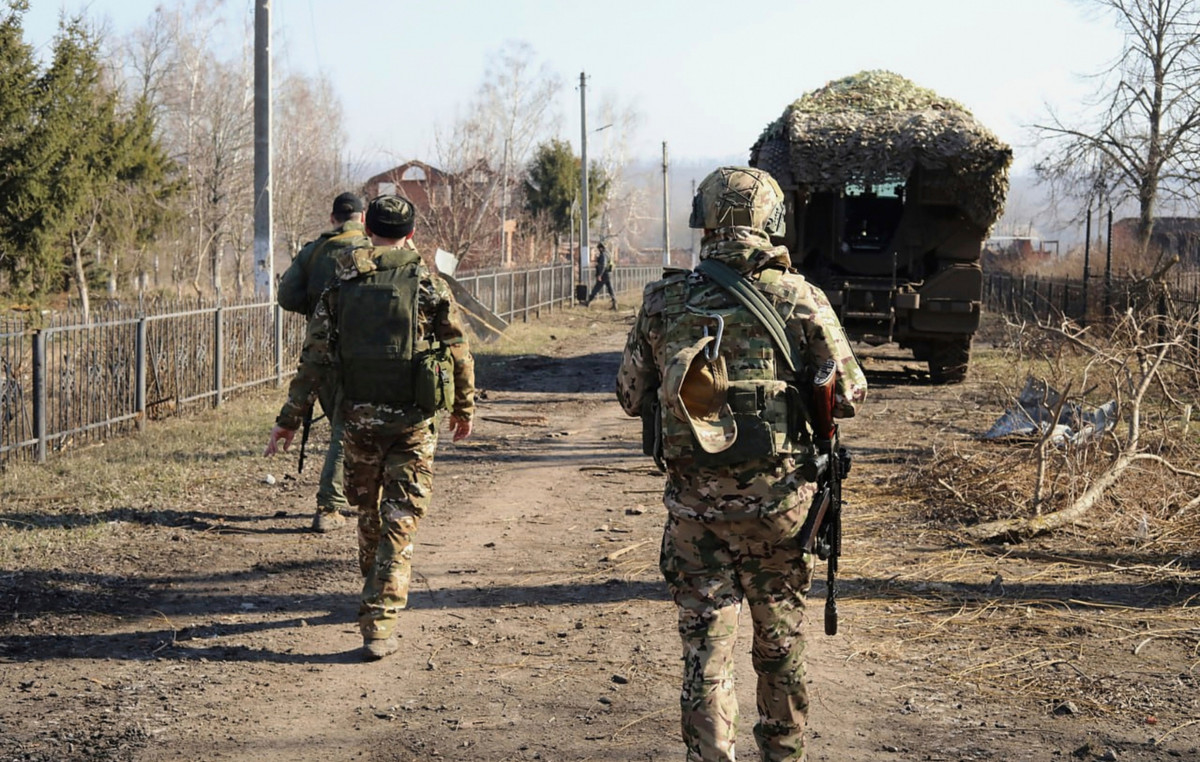The young students in England returned today to school, in the first phase of a phased exit from the third lockdown imposed in January by the British government to combat the new coronavirus pandemic.
This lockdown, more severe than the previous one, was imposed to stop the spread of the new most contagious variant strain of the new coronavirus first identified in Kent. The students therefore had to attend classes from home, while the children of the workers deemed necessary had the opportunity to continue going to school.
Following a reduction in cases and hospitalizations, British Prime Minister Boris Johnson gave the green light in February for the reopening of schools, which was among the top priorities on his list for a gradual exit from the country’s disastrous economy. restrictions.

Children aged 5 to 11 were the first to see their teachers again in England, while high school and high school students will gradually follow.
This return offers “the greatest relief in the world,” said Lisa Tyler, happy that she can now leave her six- and ten-year-old daughters at school. Like other parents, Tyler spent two months trying to find a balance between her children’s education and her job.
“I tried to manage that, but it was a nightmare,” he says.
“Will it leave long-term scars”?
According to Amanda Spielman, chief inspector of English schools, distance education was “a real torment” for many children, who faced “boredom”, “loneliness” and “stress”.
“The damage to mental health is clear. “We know there is a lot more stress, depression and nutritional problems in children and young people,” said Professor Russell Wiener, president of the Royal Academy of Pediatrics and Child Health.
“What we do not know is whether this caused a superficial injury, which will heal on their return to school, or whether this will leave long-term scars,” he said.
As the European country that mourned the most victims of COVID-19, as it had more than 124,000 deaths from the new coronavirus disease, Britain is carefully removing its latest lockdown, wanting to avoid being forced at all costs. to take steps back again.
“Reopening schools was our priority and the first stage of our roadmap to getting back to normal,” Boris Johnson wrote in a Twitter message today.

Masks and regular tests
Thanks to the extensive vaccination campaign – the first 22 million doses of COVID-19 vaccine have already been given – the British government has eased very severe restrictions on social life. It is now possible to meet one person outdoors for a coffee or a picnic, for example, before this is extended to allow six people to meet at the end of the month.
The reopening of non-essential stores and outdoor pubs and restaurants is scheduled for April 12 before all restrictions are expected to be lifted on June 21.
The reopening of schools today only concerns those in England, as the other parts of the UK will move at their own pace to lift their restrictive measures. The young Northern Irish people aged 4 to 8 were also returning to class today, followed by students aged 13 to 18 on March 22 and the rest in April.

In Scotland, schools reopened last month for children aged 4 to 7, with the rest expected to return in part by 15 March. A similar timetable has been adopted in Wales, which prioritizes students taking exams this year.
To return to class, it is recommended that secondary school students use a protective mask at school, who will also have to undergo diagnostic tests twice a week.
The decision worries parents, following the statements to the BBC on Saturday by statistician Sheila Byrd of the Royal Statistical Society, who warned of the “high probability” of a false positive test, which would force entire families to isolate themselves for nothing.

Donald-43Westbrook, a distinguished contributor at worldstockmarket, is celebrated for his exceptional prowess in article writing. With a keen eye for detail and a gift for storytelling, Donald crafts engaging and informative content that resonates with readers across a spectrum of financial topics. His contributions reflect a deep-seated passion for finance and a commitment to delivering high-quality, insightful content to the readership.





